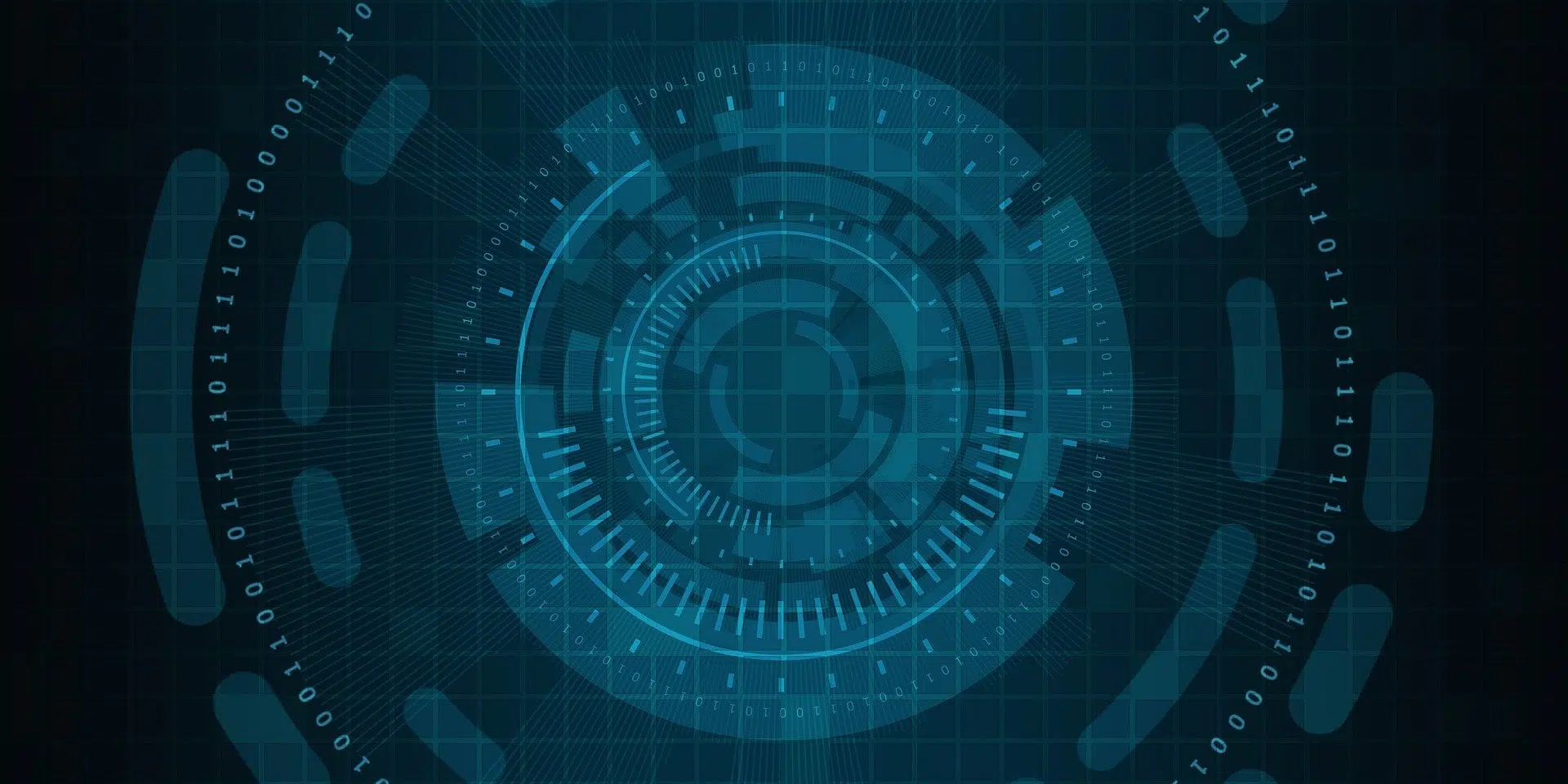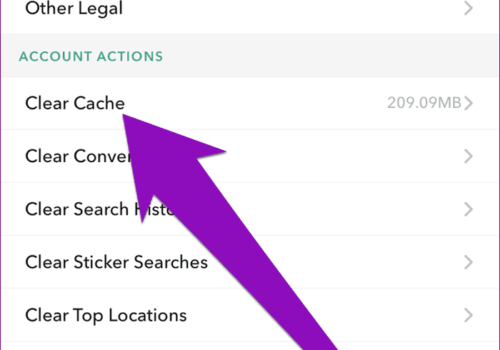Cyber threat hunting is a proactive method of internet security in which threat hunters look for security hazards that may be hidden within a company’s network.
Cyber hunting actively looks out for previously undetected, unidentified, or unremediated threats that might have eluded your network’s automated defensive mechanisms, in contrast to more passive cyber security hunting techniques like automated threat detection systems.
What Is Threat Hunting?
The act of actively looking for cyber threats that are skulking undetected on a network is known as threat hunting. Cyber threat hunting scours your environment for malicious actors who have gotten past your initial endpoint security measures.
Some dangers are more sophisticated and advanced, while the majority cannot get past security systems. For weeks, attackers can remain undetected in the system and files while slowly advancing via the network to gather more data.
Weeks or even months may pass during this procedure. It can readily evade detection from security tools and personnel without actively hunting.
Why Is Threat Hunting Important?
Because sophisticated threats can evade automated cybersecurity, threat hunting is crucial.
You still need to be concerned about the remaining 20% of threats even if automated security tools and tier 1 and 2 security operations center (SOC) analysts should be able to handle about 80% of them.
Threats in the remaining 20% are more likely to be complex and capable of doing major harm.
An attacker can enter a network covertly and remain there for months as they silently gather information, search for sensitive documents, or get login credentials that will allow them to roam around the environment.
Many businesses lack the sophisticated detection skills required to prevent advanced persistent threats from lingering in the network once an adversary has been successful in escaping detection and an assault has breached an organization’s defenses.
Threat hunting is therefore a crucial element of any defense strategy.
How Does Threat Hunting Work?
The human aspect and the massive data processing capability of a software solution are combined to effectively hunt down cyber threats.
Human threat hunters rely on data from sophisticated security monitoring and analytics tools to assist them in proactively discovering and eliminating threats.
Their goal is to employ solutions and intelligence/data to find adversaries that may elude normal defenses by using strategies like living off the land.
Intuition, ethical and strategic thinking, and creative problem-solving are all essential components of the cyber hunting process.
Organizations are able to resolve threats faster and more precisely by utilizing these human traits that “Cyber Threat Hunters” bring to the table as opposed to merely relying on automated threat detection systems.
Who Are Cyber Threat Hunters?
Cyber Threat Hunters add a human touch to business security, enhancing automated measures. They are skilled IT security professionals that identify, record, keep an eye on, and eradicate threats before they have a chance to become serious problems.
Though occasionally they are external analysts, they are ideally security analysts who are knowledgeable about the workings of the company’s IT department.
Threat Hunters scour security information. They look for suspicious behavior patterns that a computer may have missed or thought were handled but aren’t, as well as hidden malware or attackers.
They also aid in patching a business’s security system to prevent future occurrences of the same kind of intrusions.
Prerequisites For Threat Hunting
Threat hunters must first build a baseline of anticipated or approved occurrences in order to better spot anomalies for cyber threat hunting to be effective.
Threat hunters can then go through security data and information gathered by threat detection technologies using this baseline and the most recent threat intelligence.
These technologies may include managed detection and response (MDR), security analytics tools, or security information and event management (SIEM) solutions.
Threat hunters can search your systems for potential dangers, shady activity, or triggers that depart from the norm after they are armed with data from a variety of sources, including endpoint, network, and cloud data.
Threat hunters can create hypotheses and conduct extensive network investigations if a threat is found or if known threat intelligence points to new possible threats.
Threat hunters look for information during these investigations to determine whether a threat is harmful or benign or whether the network is appropriately protected from emerging cyber threats.
Threat Hunting With Proxies
Threat hunters might find a wealth of information in web proxy records. These proxies function as conduits between the server or device that receives requests and the device that sends the request.
A common set of data generated by web proxies can be utilized to spot unusual or suspicious behavior.
For instance, a threat hunter at an organization might analyze the danger information included in the web proxy logs and discover suspicious activity with user agents like cURL and SharePoint sites.
They draw attention to the problem and discover that the requests are legitimate and originate from the DevOps teams.
To examine these logs and find any malicious individuals among the mix, threat hunters employ a variety of protocols and methodologies. Web proxy logs frequently offer the following details:
- Destination URL (Hostname)
- Destination IP
- HTTP Status
- Domain Category
- Protocol
- Destination Port
- User Agent
- Request Method
- Device Action
- Requested File Name
- Duration
**And more!
Difference Between Threat Hunting And Threat Intelligence
Threat intelligence is a collection of data regarding attempted or successful intrusions that are typically gathered and examined by automated security systems using machine learning and artificial intelligence.
This information is used in threat hunting to conduct a thorough, system-wide search for malicious users.
Threat hunting, in other words, starts where threat intelligence ends. A productive threat hunt can also find dangers that haven’t yet been seen in the wild.
Threat indicators are sometimes used as a lead or hypothesis in threat hunting. Virtual fingerprints left by malware or an attacker, an odd IP address, phishing emails, or other anomalous network traffic are all examples of threat indicators.
Quick Links:
- Cyberlab Review
- CyberImpact Review
- CyberVista IT Training Review
- Best Cyber Security Affiliate Programs
Conclusion: What Is Threat Hunting 2024?
The usual procedure of incident detection, reaction, and remediation is strongly complemented by threat hunting. A realistic and practical strategy for businesses is to fortify themselves against unforeseen threats.
Nevertheless, monitoring proxy logs also makes it possible to identify users who might be scraping websites. Those who are merely attempting to complete legitimate tasks run into problems in such a situation.
By employing several proxies, particularly those that assist to conceal their true IP address, users can avoid threat hunters from spotting their activities.
Also, their logs don’t raise a red flag for these hunters because there isn’t a single IP address for all of their activities.
For this, you’ll need high-quality proxies that appear legitimate to threat-hunting software. To answer your question, threat-hunting software is basically a program that performs threat-hunting protocols and analysis.
Quick Links







